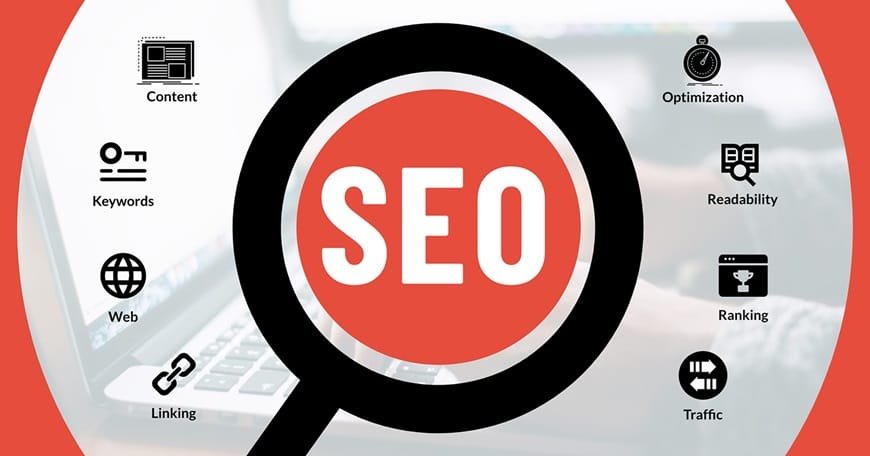Crafting blog posts that rank high on search engines and engage readers can feel like a balancing act. SEO strategies are essential for driving traffic, but overly focusing on optimization can lead to robotic, keyword-stuffed content. Readers want valuable, easy-to-read information, and failing to provide that can lead to higher bounce rates, negating the SEO benefits. The key is finding a way to satisfy both search engines and your human audience. In this article, we’ll explore how you can optimize your blog posts for SEO while ensuring they remain readable and engaging.
Prioritize High-Quality, Engaging Content
First and foremost, content is still king. No amount of SEO tricks will help if your blog post doesn’t provide value to readers. Write content that addresses your audience’s needs, solves their problems, or teaches them something new. Use a conversational tone, write clearly, and break down complex concepts into digestible sections. This approach not only keeps your audience engaged but also signals to search engines that your content is relevant and useful. By focusing on quality first, you’re more likely to naturally incorporate keywords in a way that feels organic and reader-friendly.
Use Keywords Strategically and Naturally
Keywords are critical for SEO, but how you use them can make or break your content’s readability. The goal is to integrate keywords naturally without forcing them into every sentence. Begin by identifying a primary keyword and a few related keywords that align with the search intent of your target audience. Place the primary keyword in strategic locations like the title, introduction, headings, and conclusion. However, avoid overstuffing—keyword stuffing can lead to a poor user experience and even penalties from search engines. Focus on creating smooth, coherent sentences where keywords fit seamlessly.
Optimize Headings for SEO and Readability
Headings play a crucial role in both SEO and readability. They help break up the text, making it easier for readers to scan and find the information they need. From an SEO standpoint, headings also give search engines clues about the structure and content of your blog post. Use your primary keyword in the main heading (H1) and related keywords in subheadings (H2, H3) to signal relevance to search engines. At the same time, ensure that your headings accurately reflect the content beneath them and help guide the reader through your post logically. Well-organized headings create a better reading experience, encouraging visitors to stay on your page longer.
Write Short, Readable Sentences and Paragraphs
Long, complex sentences can make your blog post feel tedious and difficult to read. For the sake of both SEO and readability, aim to write short, concise sentences that clearly convey your message. Similarly, break your content into short paragraphs that contain no more than five sentences each. Large blocks of text are intimidating and can cause readers to lose interest or miss important points. Shorter sentences and paragraphs not only make your content more digestible but also improve mobile readability, which is increasingly important for SEO. When users have a better experience on mobile, they’re more likely to engage with your content, which in turn improves SEO performance.
Use Internal and External Links Wisely
Links are an essential part of any SEO strategy, and they can also enhance the reader’s experience when used correctly. Internal links direct readers to other valuable content on your website, helping to keep them engaged longer while boosting SEO by establishing a web of interconnected pages. External links, on the other hand, point to authoritative sources that support your claims, lending credibility to your content. The key is to use links sparingly and contextually. Don’t overwhelm your readers with too many links, as it can disrupt the flow of your content and distract from your message. A well-placed link, however, can provide additional value to your readers and encourage them to explore your site further.
Optimize Images for SEO and User Experience
Images can enhance the visual appeal of your blog post and make complex topics easier to understand, but they also play a role in SEO. To optimize your images for search engines, make sure each file has a descriptive name and includes relevant alt text that contains your primary keyword. Alt text not only helps with SEO but also ensures that your content is accessible to users who rely on screen readers. Additionally, compress images to reduce load times, which is crucial for user experience and SEO. Faster load times lead to better engagement and lower bounce rates, both of which are positive signals for search engines.
Focus on User Experience First
Ultimately, the success of your SEO efforts depends largely on user experience. Search engines increasingly prioritize user-focused metrics such as time on page, bounce rate, and overall engagement. To ensure a positive experience, make your blog post easy to navigate, load quickly, and look visually appealing across all devices. Avoid pop-ups or other disruptive elements that can frustrate users. Instead, focus on clear, accessible writing, smooth navigation, and a layout that encourages readers to explore more of your content. A positive user experience leads to better rankings and more organic traffic over time.
Optimizing Your Content
Optimizing your blog posts for SEO doesn’t have to come at the expense of readability. By focusing on high-quality content from an SEO content writing service, using keywords naturally, organizing your text with headings, and optimizing both links and images, you can create posts that rank well and keep readers engaged. The key is balance—always prioritize the reader experience while keeping SEO best practices in mind. With this approach, you’ll not only drive more traffic to your blog but also build a loyal audience that finds value in your content.
Also read more: How to Supercharge Your Website’s SEO: A Detailed Guide.
